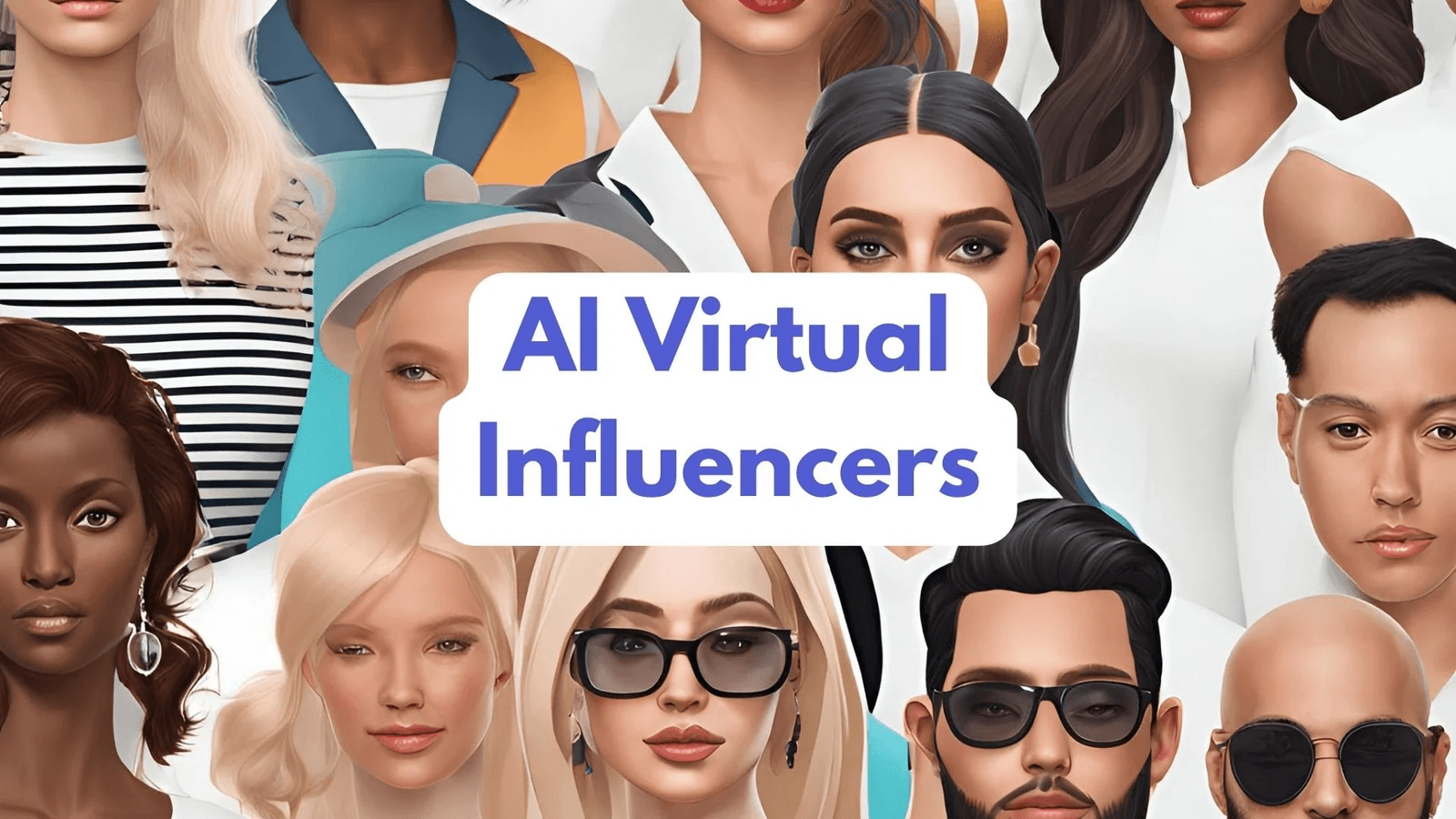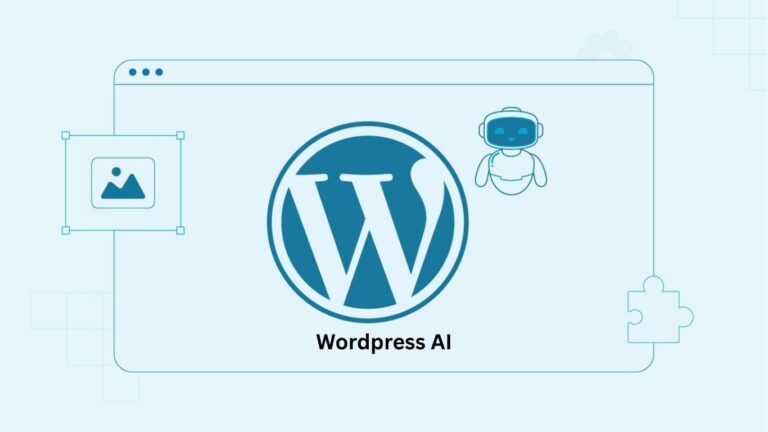A new kind of social media star is rising – AI influencers. These virtual personalities, also called digital humans or synthetic influencers, have millions of followers and work with top brands, all without existing in the real world.
From Lil Miquela’s stylish Instagram posts to fully animated YouTube channels, AI influencers are changing how we experience social media.
But what are AI influencers exactly? How are they made? And can we trust them like human influencers?
In this article, we’ll explore the rise of AI influencers, the tech behind them, their marketing power, and the big question of authenticity. Whether you’re a brand or just curious, understanding AI influencers is key in today’s digital world.
What Are AI Influencers?
AI influencers, also called virtual influencers, are computer-generated personalities that live entirely online. Unlike real people, they don’t exist in the physical world — they’re created using advanced technology like CGI (computer-generated imagery) and AI (artificial intelligence).
You might also hear the terms digital humans or synthetic influencers to describe these virtual beings. Digital humans are designed to look and act like real people, while synthetic influencers are crafted to engage audiences through social media platforms, just like human influencers.
So, how do AI influencers differ from traditional influencers? Real influencers are actual people sharing their lives, opinions, and experiences. AI influencers, on the other hand, are controlled by teams or algorithms, meaning every post, comment, and interaction is carefully crafted.
Some popular AI influencers include:
- Lil Miquela: A virtual model and musician with millions of Instagram followers who partners with major fashion brands.
- Shudu: Known as the world’s first digital supermodel, famous for stunningly realistic photos.
- Bermuda: Another AI influencer with a distinct personality who often “debates” other virtual influencers online.
These virtual personalities are blurring the lines between reality and fiction – making us rethink what it means to be an influencer in the digital age.
The Technology Behind AI Influencers
AI influencers are brought to life through a mix of advanced technology. At their core, computer graphics (CGI) create the realistic images and videos that make these virtual personalities look lifelike.
Machine learning and AI help give these influencers their unique personalities and behaviors. By analyzing data from social media, AI can generate posts, comments, and responses that feel natural and engaging.
Motion capture technology also plays a key role. This allows real actors’ movements and expressions to be recorded and translated into the digital characters, making their gestures and facial expressions more realistic.
But how “real” are these AI influencers on social media? While they don’t have feelings or experiences like humans, many AI influencers can interact with followers through carefully scripted content or AI-powered chatbots. This creates an illusion of genuine connection, even though their interactions are programmed.
Together, these technologies enable AI influencers to maintain a strong social media presence – blurring the line between human and synthetic interaction.
Brand Partnerships and Marketing Potential
Brands are quickly jumping on the AI influencer trend. By collaborating with virtual personalities, companies can create unique campaigns that stand out in crowded social feeds.
One big advantage for brands is control. Unlike human influencers, AI influencers don’t have unpredictable behavior or scheduling conflicts. Brands can carefully craft every post, ensuring the message and image are exactly right.
AI influencers also spark creativity. Because they’re digital, they can appear in any setting or style – from futuristic cityscapes to fantasy worlds – without real-world limitations.
Audience engagement is another plus. Many followers are intrigued by AI influencers, which can boost likes, shares, and conversations around a brand.
Case studies:
- Lil Miquela has worked with major brands like Prada and Calvin Klein, blending fashion with digital storytelling.
- Shudu became a global sensation by modeling for Fenty Beauty, showing how a synthetic influencer can elevate a brand’s image.
But how do synthetic influencers stack up against human influencers?
Pros of AI influencers:
- Full brand control
- Unlimited creative possibilities
- Consistent availability and behavior
Cons:
- Lack of genuine human emotion
- Potential trust issues with audiences
- Ethical questions about transparency
Brands need to weigh these factors carefully to decide if AI influencers fit their marketing strategy.
Audience Reception and Trust Issues
How do people really feel about AI influencers? Audience reactions are mixed.
Some followers are fascinated and enjoy the creativity behind virtual influencers. They see them as fresh, entertaining, and even inspirational. Others appreciate the futuristic vibe and unique storytelling AI influencers bring.
But do followers always know these influencers aren’t real? Sometimes yes – many AI influencers are upfront about their virtual nature. Other times, it’s less clear, leading to confusion or surprise when fans learn the truth.
This raises big questions about authenticity. Can a brand or influencer be trusted if the “person” behind the account is a computer program? Many people want transparency to avoid feeling misled.
Ethical debates have also emerged. Some argue AI influencers could take opportunities away from real human creators, while others worry about the impact on social norms and mental health.
In short, trust remains a key challenge for AI influencers – and how they handle transparency will shape their future success.
The Future of AI Influencers
The rise of AI influencers is just getting started. Experts predict they will become even more common in social media and marketing in the coming years.
As AI technology advances, we’ll see virtual influencers with more lifelike interactions. Imagine AI that can hold real-time conversations, respond personally to followers, or even create original content without human input.
But will AI influencers replace human ones? Not entirely. While AI can offer control and creativity, human influencers bring authenticity and genuine emotion that technology can’t fully replicate – at least, not yet. The future will likely feature a mix of both.
As AI influencers grow, regulations may emerge to ensure transparency. Brands and creators might be required to clearly disclose when a personality is synthetic to maintain trust with audiences.
In this evolving landscape, understanding and navigating the balance between innovation and honesty will be key for both brands and followers.
Conclusion
AI influencers are changing the face of social media. These digital humans and synthetic personalities offer brands exciting new ways to connect with audiences, blending creativity with technology.
But with their rise comes important questions about trust, authenticity, and ethics. While AI influencers can deliver flawless content, they lack the genuine emotions that human influencers bring. Transparency and honesty will be essential for these virtual stars to gain and keep audience trust.
Whether you’re a brand or a follower, understanding AI influencers helps us prepare for the future of digital marketing and social interaction – a future where the line between real and virtual continues to blur.




